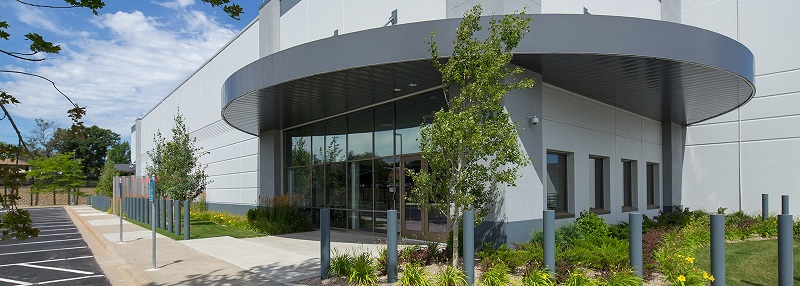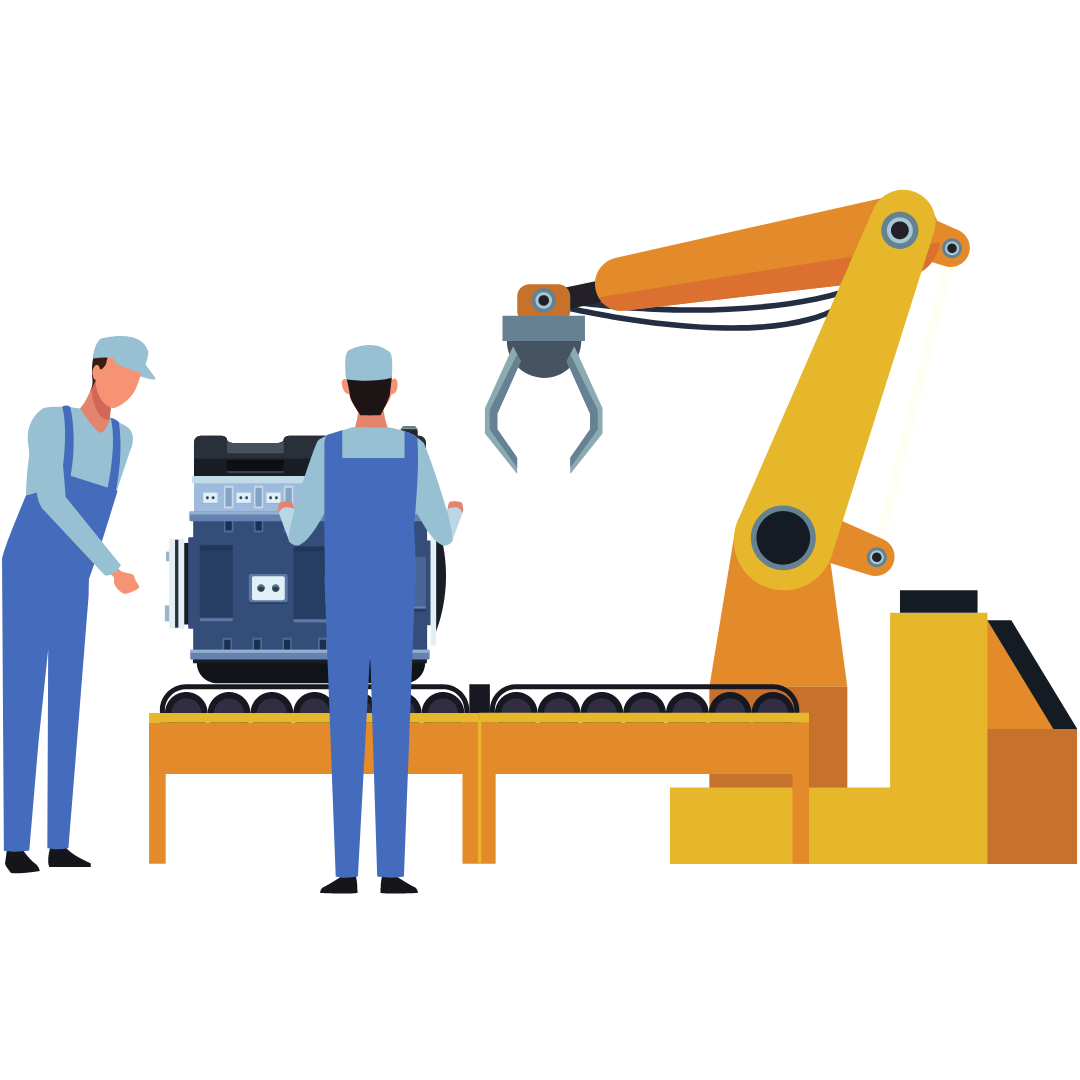Virtual reality technology brings site selectors to communities

13 Oct 2020
economic development
Virtual reality (VR) technology has become an ace move for economic developers in 2020. The onset of COVID-19 and the related challenges have increased the utility of VR even further. Many economic development partners and site selectors remain under travel restrictions tied to the pandemic. VR provides access to areas they otherwise would not be able to visit in person.
Historically, economic developers have struggled to find the right avenues to attract site selectors and executives to visit their communities and to tour available properties. Brochures and PowerPoints are no longer enough, and more is needed to attract new businesses. With the use of VR technology, these former hurdles are no longer an issue.
Prior to the use of new technology, it could take months or even years for site selectors to arrange tours of areas being considered for corporate expansion or relocation. A decision to visit a location could only be made after sifting through stacks of proposals and making numerous phone calls attempting to arrange an in-person meet and greet. VR technology makes it possible for site selectors to visit communities without physically being there. This simplified process builds new connections and spurs on economic success efficiently and effectively.
How VR technology works
360-degree virtual reality video provides a realistic overview of the physical attributes and attractive assets of a location. Production crews visit the location to be showcased and take extensive footage of the area, walking viewers through the location’s infrastructure, key factories and businesses and the local community. The viewer feels as if they are standing on location thanks to the 360-viewing experience.
Videographers achieve this type of video by using multiple cameras to capture 360 degrees worth of images. They must also find the correct field of view. Most people can see 180 degrees when looking straight ahead, but with peripheral vision and a quick eye movement, a person can see 270 degrees in one glance.
The videographers then stitch together these images and add directional arrows with which a viewer can look around a room as if they were standing in it.
Economic development organizations are able to conduct virtual tours with potential site selectors using this technology. Combined with virtual meetings, the experience is much like meeting in person, without the extensive travel arrangements.
Audio adds another level to VR
In addition to an immersive visual experience, spatial audio makes scenes more true-to-life. Spatial audio is an enhanced type of audio where sounds flow around the listener, in three-dimensional virtual space. It sounds as if the listener is hearing things in front, above, to the side and behind them, as if they were there in person. Spatial audio combined with 360-degree video creates the most realistic viewing experience.
Head-mounted displays make for the ultimate viewing experience
VR videos are meant to be viewed via a head mounted display, or HMD, if possible. When a site selector uses a Google cardboard or Oculus Go to view a VR video, the virtual environment comes to life in the most convincing way.
These head mounts fully immerse the viewer in whatever community they desire to visit. Economic developers can take advantage of the combination of HMD’s and VR technology to develop the optimal virtual site tours. Prospective customers, new businesses and relocators can feel immersed in the location’s environment, allowing them to make the best decision for their business.
VR technology provides site selectors with an accessible, affordable and efficient avenue to tour available properties and potential locations for corporate expansion or relocation. Not only is VR technology effective for individual use, but it can also be used in full board rooms and crowded career fairs, reaching a multitude. Economic developers can invest in virtual reality technology in order to reach more site selectors, bringing economic prosperity to their communities more swiftly.
Virtual reality is a disruptive technology, evolving and advancing in impressive ways every day. It is changing how economic developers and site selectors interact and conduct business for the better. Learn more about this vital advancement at PlaceVR.net.
More Topics


Minnesota Family Business Awards 2020
Oct 13 2020



 Tom Lambrecht
Tom Lambrecht